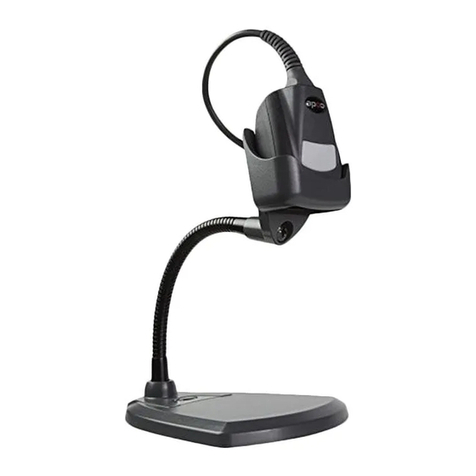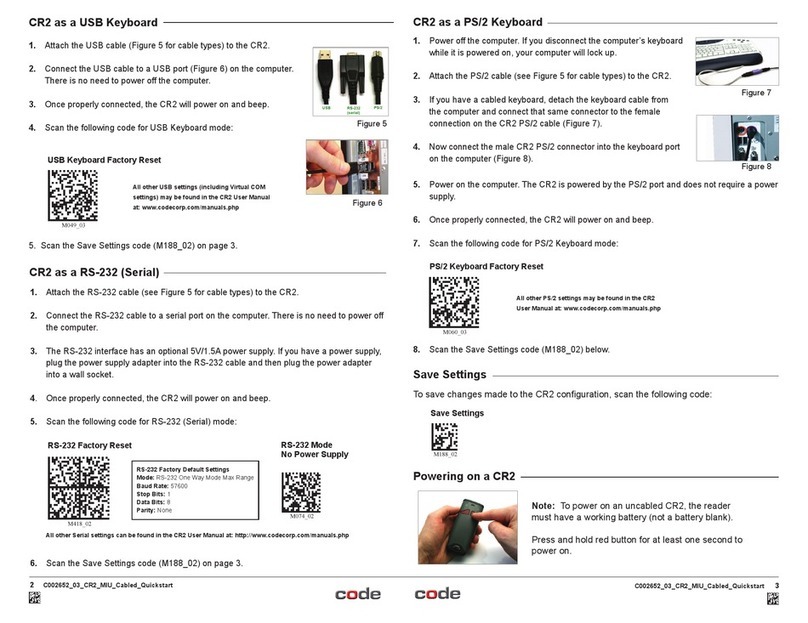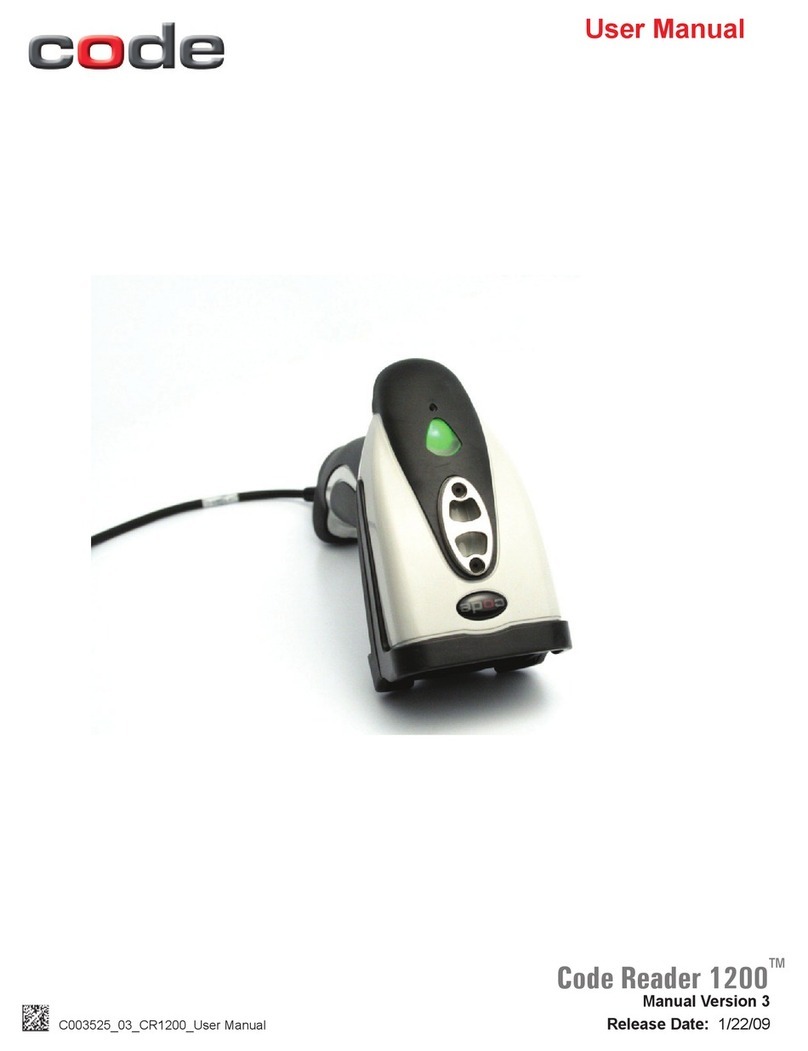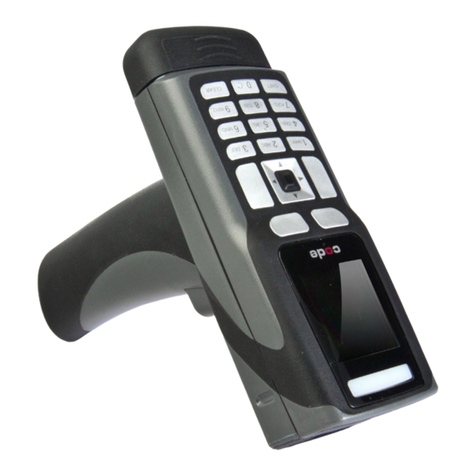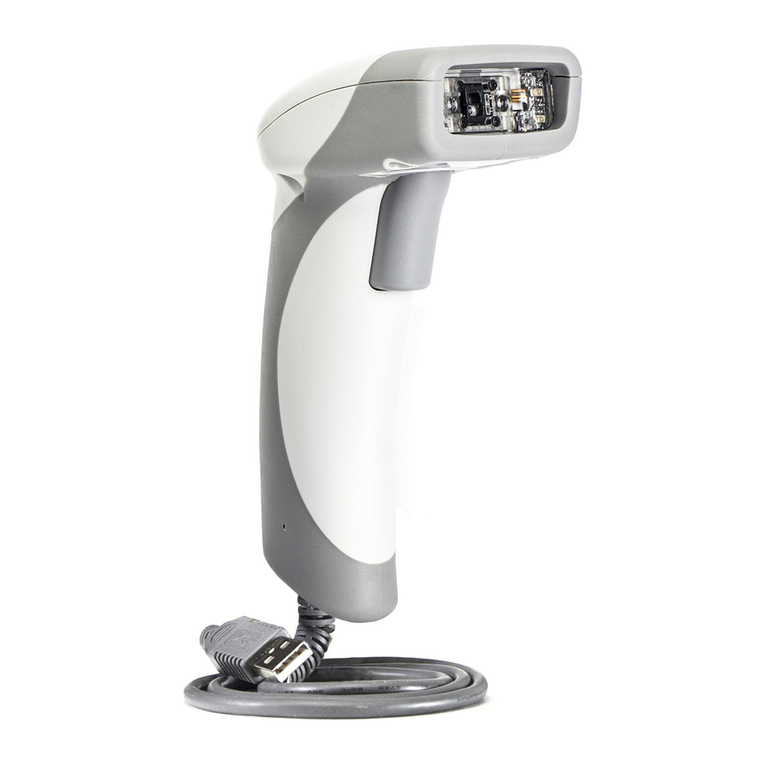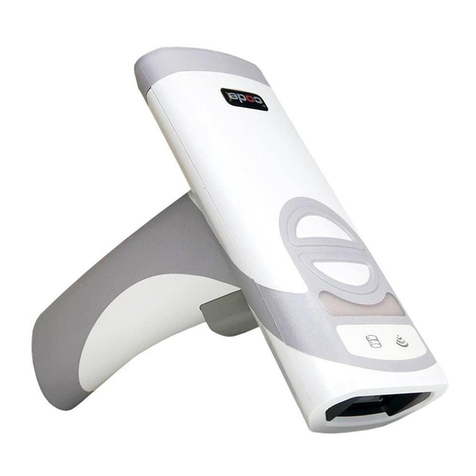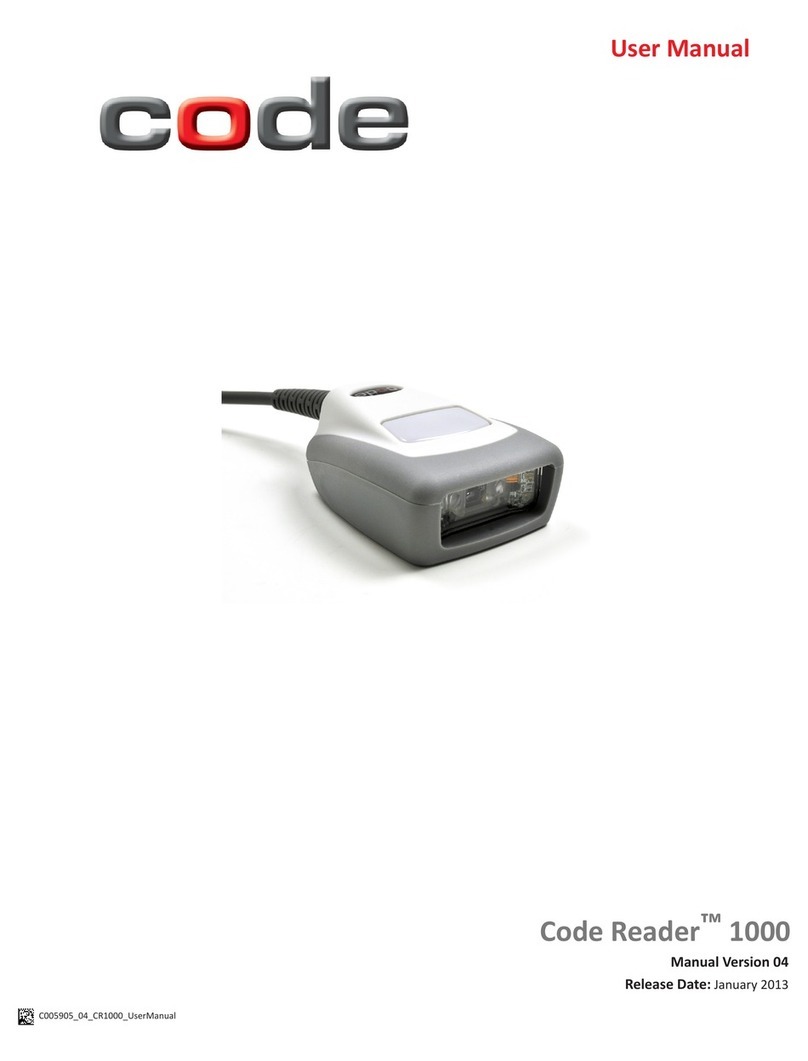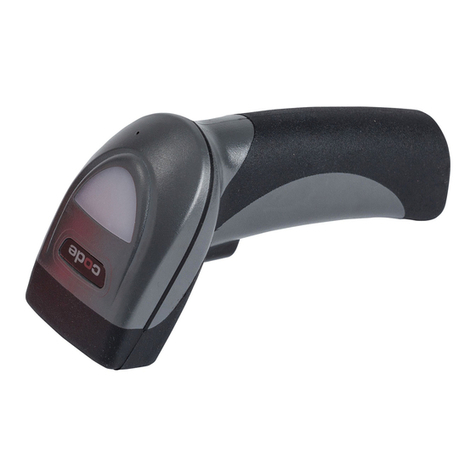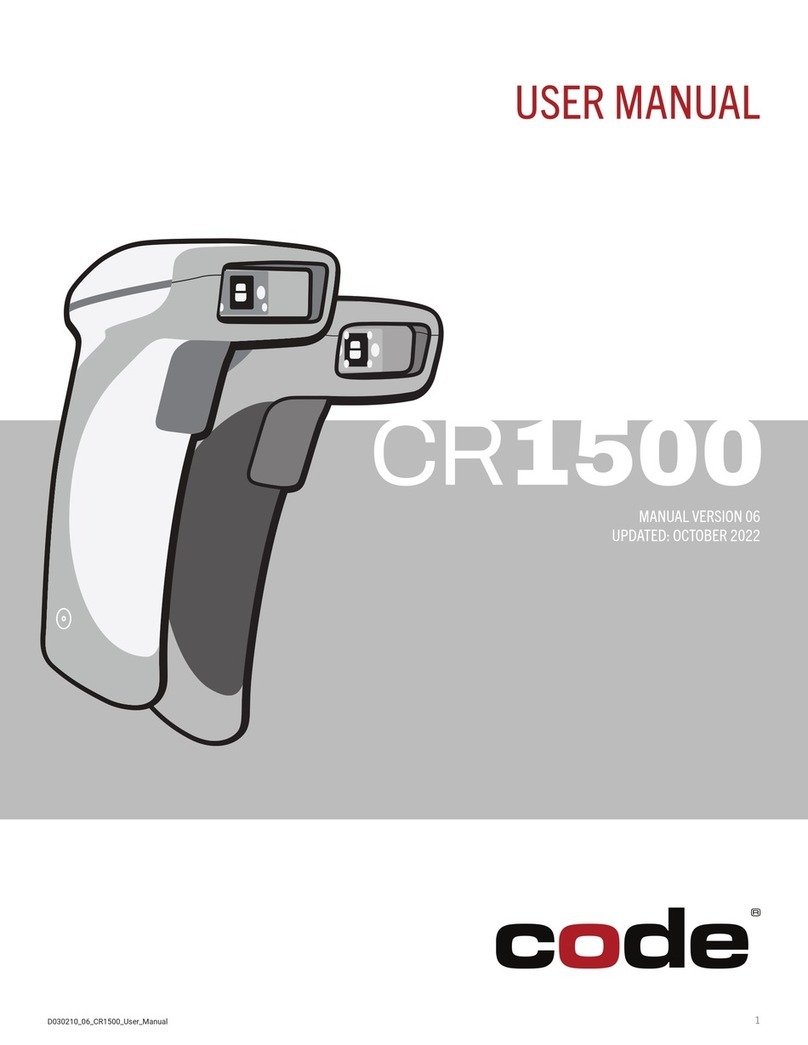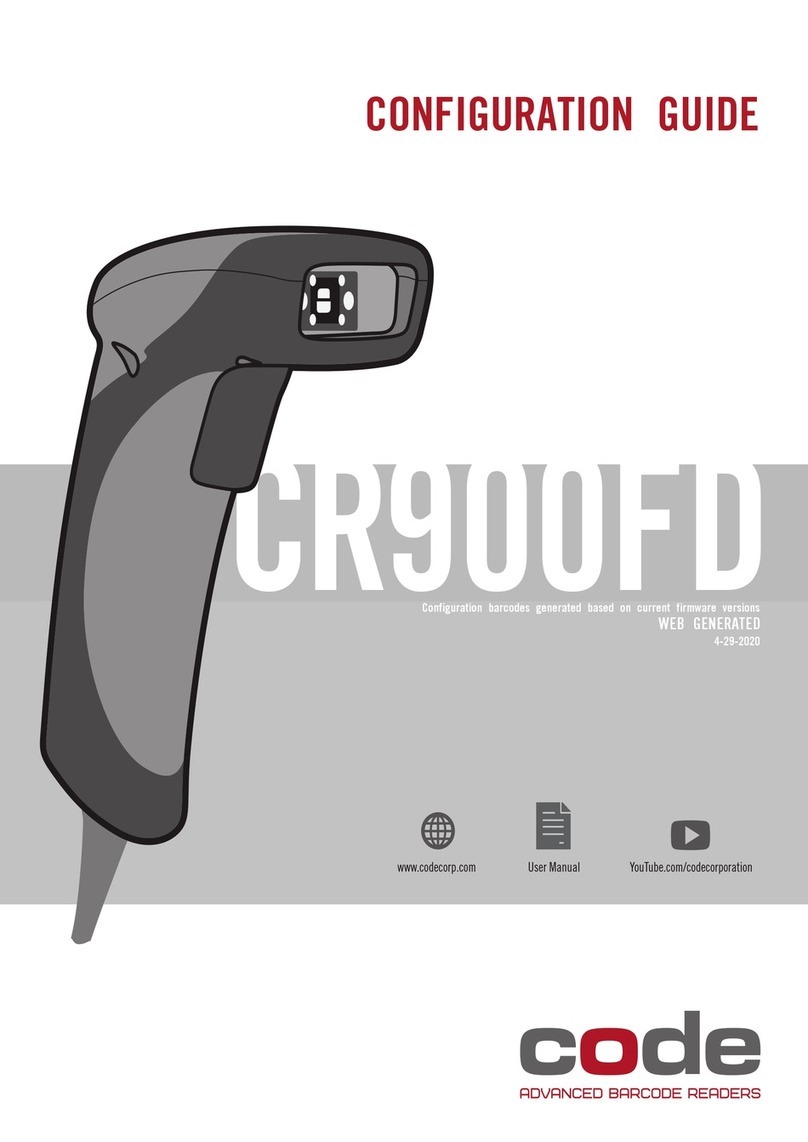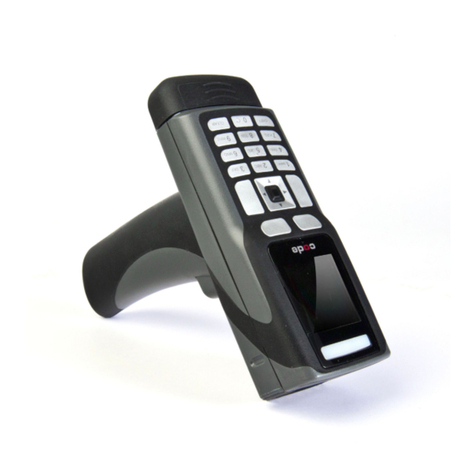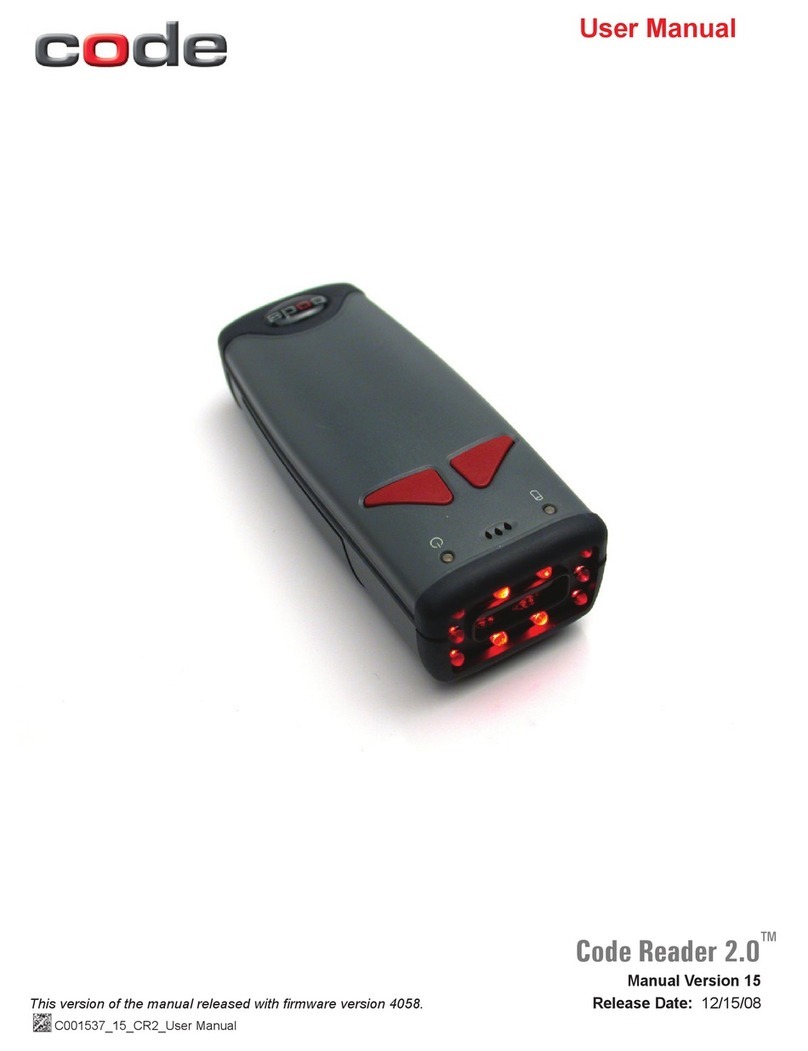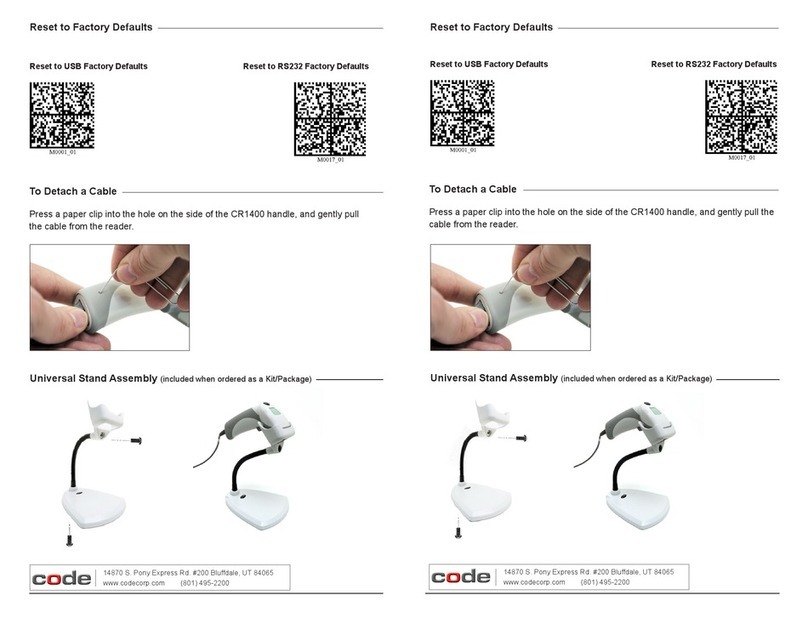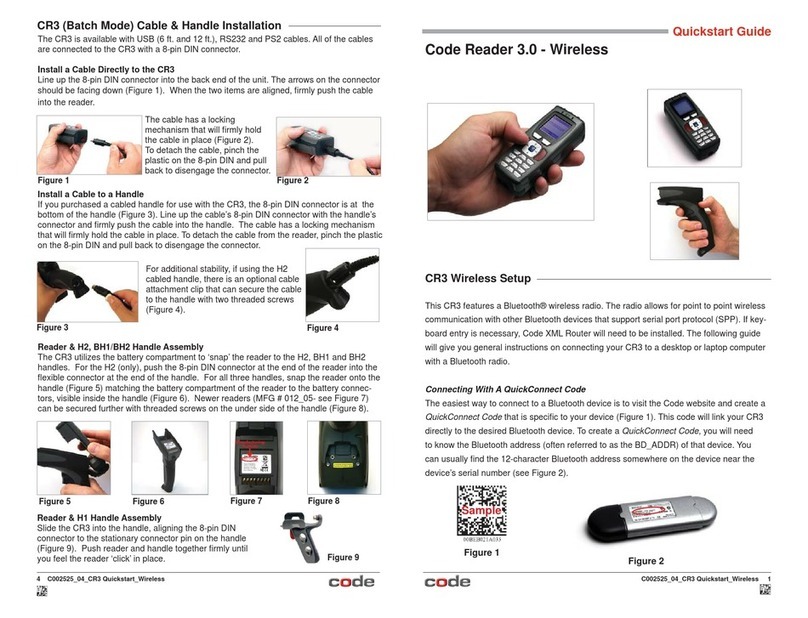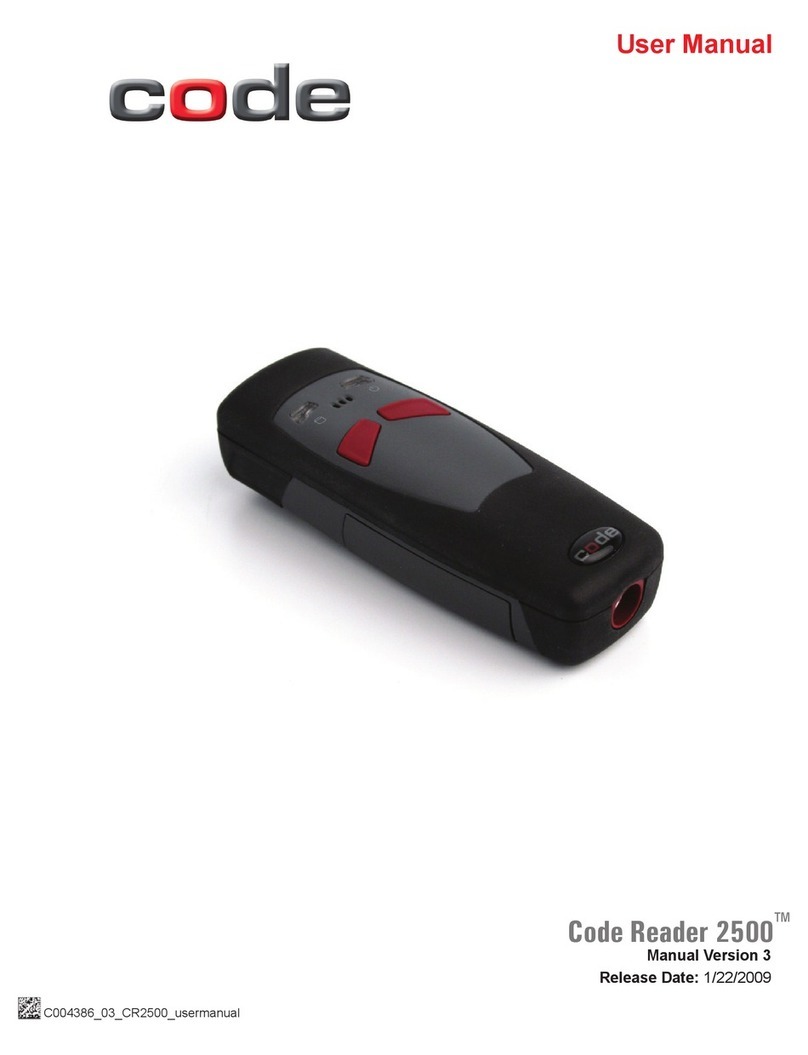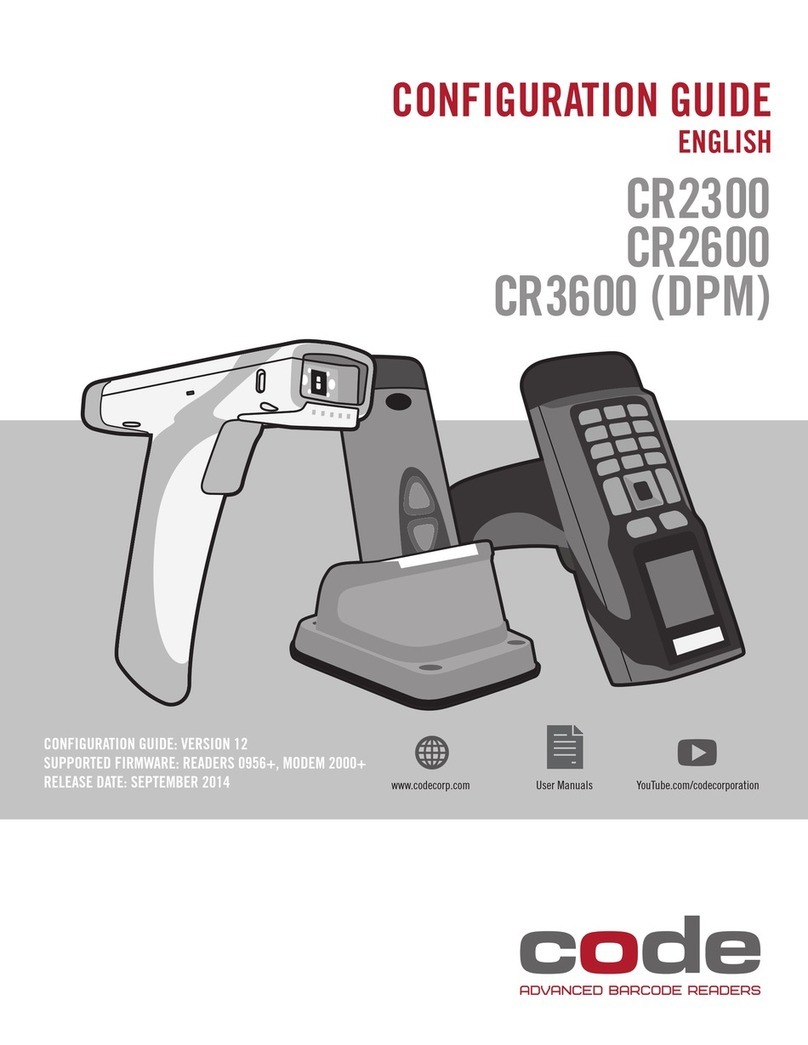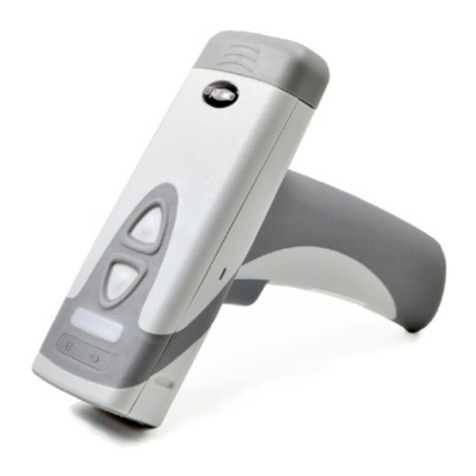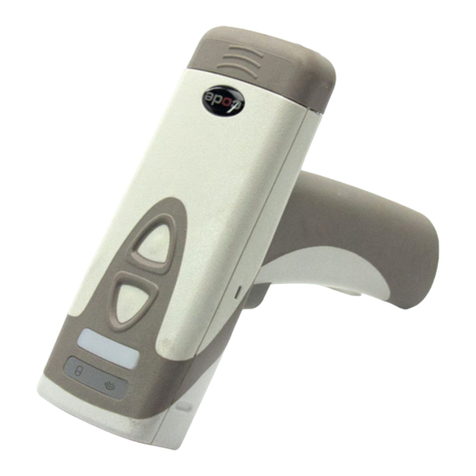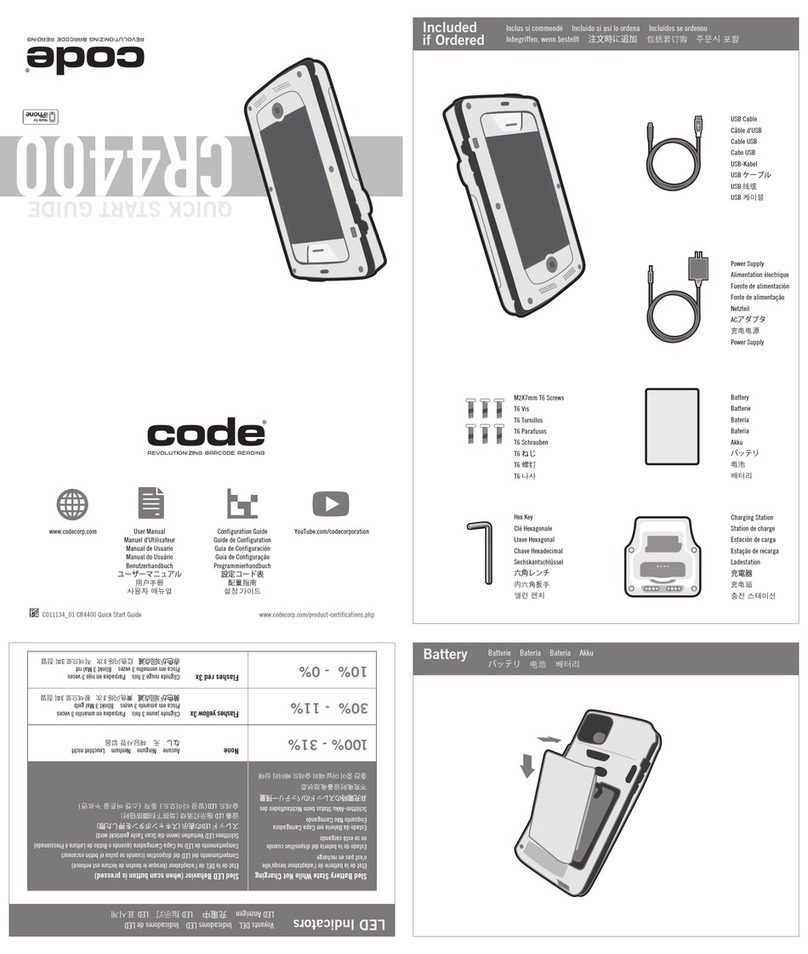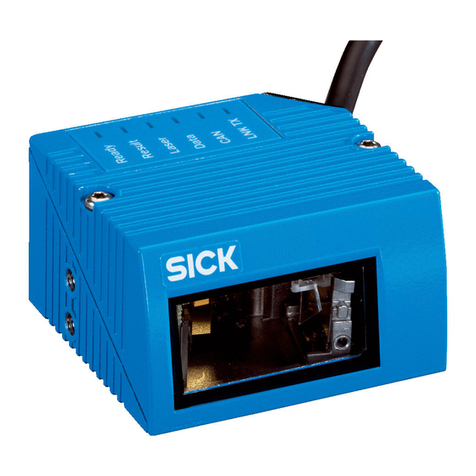
3
C005383_10 CR80XX Integration Guide
Table of Contents
1 – CR8000 Introduction...................................................................4
1.1 – Product Overview ............................................................4
1.2 – SKU Descriptions ............................................................4
2 – Mechanical Specifications ...........................................................5
2.1 – Decoded Scan Engine Components .................................5
2.2 – Decoded Scan Engine with Mounting
Bracket Components ......................................................5
2.3 – Scan Engine Components................................................6
2.4 – Scan Engine with Mounting Tabs Components .................6
2.5 – Scan Engine Mechanical Specifications ...........................6
2.6 – Scan Engine with Mounting Tabs
Mechanical Specifications...............................................7
2.7 – Decode PCB Mechanical Specifications ...........................7
2.8 – CR8000 Decoded Scan Engine with
Bracket Specifications.....................................................8
2.9 – Enclosure Specifications ..................................................9
3 – Optical Considerations.................................................................10
3.1 – Window Requirements.....................................................10
3.2 – Imager Field of View ........................................................11
4 – Electrical Specifications ...............................................................12
4.1 – System Requirements......................................................12
4.2 – Electrical System Block Diagram......................................12
4.3 – Host Interface Pinouts (CR8012 RS232)..........................13
4.4 – Host Interface Pinouts (CR8011 USB) .............................13
4.5 – Host Interface Pinouts (CR8013 micro-USB) ...................13
4.6 – Electrical Control Signals
(CR8011 and CR8012 only)............................................14
4.7 – Power Modes (CR8011 and CR8012 only).......................14
4.8 – Power On (Boot) Timing Diagram
(CR8011 and CR8012 only)............................................15
4.9 – Power Down Timing Diagram ...........................................16
4.10 – Sleep to Wakeup Timing Diagram...................................16
4.11 – Image Capture and Decode Timing Diagram ..................17
4.12 – Flex Cable Diagram (Imager Board to Decoder
Board on All Models) ....................................................17
4.13 – Ribbon Cable Diagram (Decode board to Host
Interface on CR8011 and CR8012)...............................18
4.14 – Electrical Characteristics
(DC) – Absolute Ratings (Min and Max).........................19
4.15 – Electrical Characteristics
(DC) – Operating Conditions..........................................19
4.16 – Decode PCB to Scan Engine PCB Connector .................20
4.17 – Decode PCB Expanded Illumination Connector ..............21
5 – Configuration...............................................................................22
5.1 – Serial Commands ............................................................22
6 – Shipping Specifications ...............................................................23
7 – General Specifications .................................................................24
8 – Reading Range Specifications .....................................................25
9 – Warranty .....................................................................................26
10 – APPENDIX A: Development Kit User Guide................................27
10.1 – CR8000 Development Board .........................................27
10.2 – Development Board Connections ...................................28
10.3 – Development Board Jumpers.........................................29
10.4 – Development Board Fuses.............................................30
11 – APPENDIX B: Optimizing for Low Power Applications.................31
11.1 – Configuration.................................................................32
11.2 – Communications from Sleep Mode ................................32
11.3 – Timing Specifications.....................................................33
